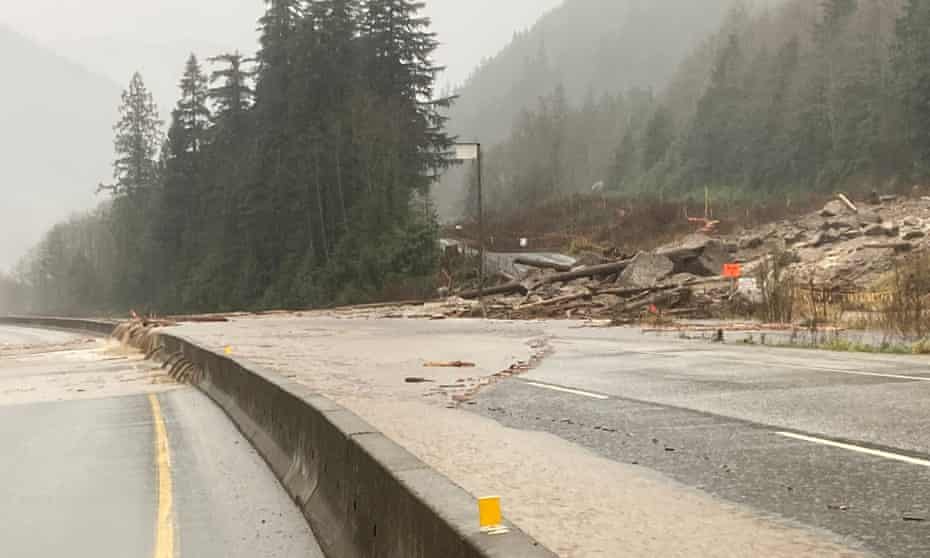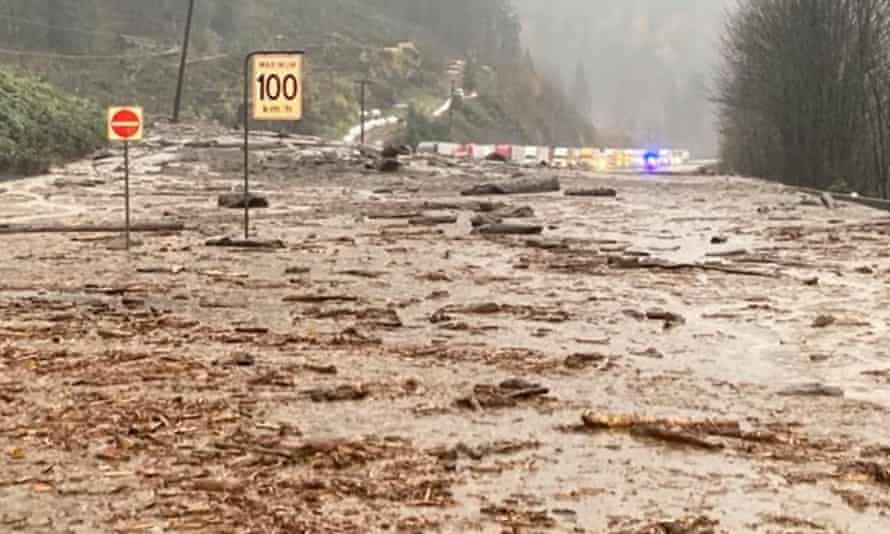Miriam Fauzia, USA TODAY 4 hrs ago
The claim: Russian scientists revived prehistoric worms
THIS CLAIM HAS CIRCULATED IN THE PRESS SINCE THE 1960'S
SOMETIMES IT WAS FROZEN MAMMOTHS OR LIZARDS ETC

© Provided by USA TODAY Your garden needs worms thumb
Scientists may not yet have the technology to bring back the dead, but one post circulating on social media claims worms frozen for more than a millennium came back to life after a simple thaw.
Scientists may not yet have the technology to bring back the dead, but one post circulating on social media claims worms frozen for more than a millennium came back to life after a simple thaw.
"Russian scientists defrosted several prehistoric worms, which were frozen in Arctic permafrost for around 40,000 years," reads a graphic shared in a Nov. 2 Facebook post.
The graphic claims two of the worms collected "began moving and eating" after being left out to thaw. One worm was reportedly around 32,000 years old, while the other was around 41,700 years old.
The graphic also includes a picture of an animal that looks like a worm but with a monstrous gaping mouth and many sharp teeth.
The Facebook post received more than 1,900 interactions on the platform within four days, according to CrowdTangle, a social media analytics tool.
While resurrecting prehistoric worms may sound like the plot of a science-fiction movie, a study says it did happen back in 2015. The accompanying picture, however, has nothing to do with the worms.
USA TODAY reached out to the Facebook user for comment.
Worms discovered in Siberia
The worms mentioned in the Facebook post were discovered in 2015 in a region of northeastern Siberia called Yakutia. Other ancient, preserved animals have been found in the area, including the frozen remains of a 50,000-year-old, extinct cave lion cub.
In collaboration with Princeton University, Russian scientists isolated the worms after analyzing over 300 soil samples collected from the Arctic permafrost, Live Science reported in 2018.
The two worms – both female – came from two known species called Panagrolaimus detritophagus and Plectus parvus.
Scientists estimated one specimen was around 32,000 years old and the other was around 41,700 years old. These estimates were based on radiocarbon dating of the sites where the worms were recovered, according to a 2017 paper by the Russian research group.
After spending several weeks thawing in a petri dish at 68 degrees, the resurrected worms reportedly moved around, ate food and even cloned new family members, Gizmodo reported.
Worms, known scientifically as nematodes, and their close relative the tardigrade have been known to weather severe environmental conditions. Some have previously been revived after being dormant for 30 to 39 years, Science Alert reported.
But there have been no records of these worms surviving over several millennia. This has had some scientists concerned over whether the creatures are actually tens of thousands of years old, or if there had been potential contamination with contemporary samples.
"Okay so: I was understandably incredulous to read this; 41,000 years is unheard of in terms of organisms surviving deep freeze, by orders of magnitude," tweeted Jacquelyn Gill, a paleoecologist at the University of Maine, in 2019.
Gill noted that while 32,000-year-old plant seeds have successfully bloomed into flowers, it was trickier to confirm the nematodes originated that long ago. She pointed out that the Russian scientists had dated the permafrost samples – not the nematodes themselves – and that the samples weren't sieved for eggs or adult worms.
"They took 1-2 grams of frozen soil, added liquid nematode food, and heated (it) to room temperature for several weeks," Gill said. "This is crucial, because from what I can tell reading this paper, we have no supporting evidence that the nematodes originated in the sediment and aren't modern contamination."
Tatiana Vishnivetskaya, a microbiologist at the University of Tennessee who co-authored the 2018 study, said contamination was unlikely because the samples came from a type of permafrost that is syncryogenic – when freezing and sediment accumulation happen at the same time.
"By definition, it was assumed that nematodes were frozen along with sediment deposition, so we used the sediments to obtain radiocarbon age," Vishnivetskaya said in an email to VICE in 2019.
"Our team is very cautious about sterility and aseptic techniques especially when we collect samples for microbiology and molecular biology studies," she added. "We are pretty sure no contamination with upper soil happens during sampling."
3D model created in 2016
The image of a monstrous-looking, worm-like creature with sharp teeth that accompanies the Facebook post implies a connection with the revived worms. But they're not related.
The image can be traced back to a 3D sculpture created by an illustrator based in Poland, who describes the terrifying sight as an attempt at creating "scary/ugly characters for games" using digital sculpting programs.
It was shared to ArtStation, an online platform used by artists to showcase their work, in 2016, a year before the Russian research group published their paper on the prehistoric worms.
Our rating: Missing context
Based on our research, we rate MISSING CONTEXT the claim Russian scientists revived prehistoric worms. In 2015, Russian scientists did uncover two worms that were estimated to be around 32,000 years old and 41,700 years old based on dating of the soil samples they were found in. Both worms were revived after being thawed at warm temperatures for several weeks. But the image accompanying the post predates the finding and is a 3D sculpture created by a Poland-based illustrator.
Our fact-check sources:
Smithsonian Magazine, Nov. 10, 2017, Russian Local Discovers Frozen Remains of Extinct Cave Lion Cub
National Oceanic and Atmospheric Administration, accessed Nov. 4, Land - Permafrost
Live Science, July 27, 2018, Worms Frozen for 42,000 Years in Siberian Permafrost Wriggle to Life
Doklady Biological Sciences, Dec. 18, 2017, Viable Nematodes from Late Pleistocene Permafrost of the Kolyma River Lowland
Gizmodo, July 27, 2018, Russian Scientists Claim to Have Resurrected 40,000-Year-Old Worms Buried in Ice
Science Alert, July 27, 2018, A Tiny Worm Frozen in Siberian Permafrost for 42,000 Years Was Just Brought Back to Life
Jacquelyn Gill, July 9, 2019, Twitter thread
VICE, July 16, 2019, Scientist Is Pretty Sure Revived Nematodes Are Actually 41,000-Years Old
ArtStation, accessed Nov. 4, Ugly Worm - 3D sculpt
Thank you for supporting our journalism. You can subscribe to our print edition, ad-free app or electronic newspaper replica here.
Our fact-check work is supported in part by a grant from Facebook.





Try This Reverse Mortgage Estimator (Only If You're Over 55)
AdCHIP Reverse Mortgage






These Knee Strap Are So Effective It's Hard to Believe They're So Cheap!
AdElectric Knee Pad






Alberta Pensioners Are Eligible For Invisible Hearing Aids
AdBest Hearing Aids

























Slide 2 of 39: People gather during a stocktaking plenary session at the COP26 U.N. Climate Summit in Glasgow, Scotland, Saturday, Nov. 13, 2021.Previous SlideNext Slide
Auto Rotation On
Full Screen
2/39 SLIDES © Alberto Pezzali, AP
People gather during a stocktaking plenary session at the COP26 U.N. Climate Summit in Glasgow, Scotland, Saturday, Nov. 13, 2021.
This article originally appeared on USA TODAY: Fact check: Prehistoric worms discovered in Siberia were revived after thousands of years, study said













